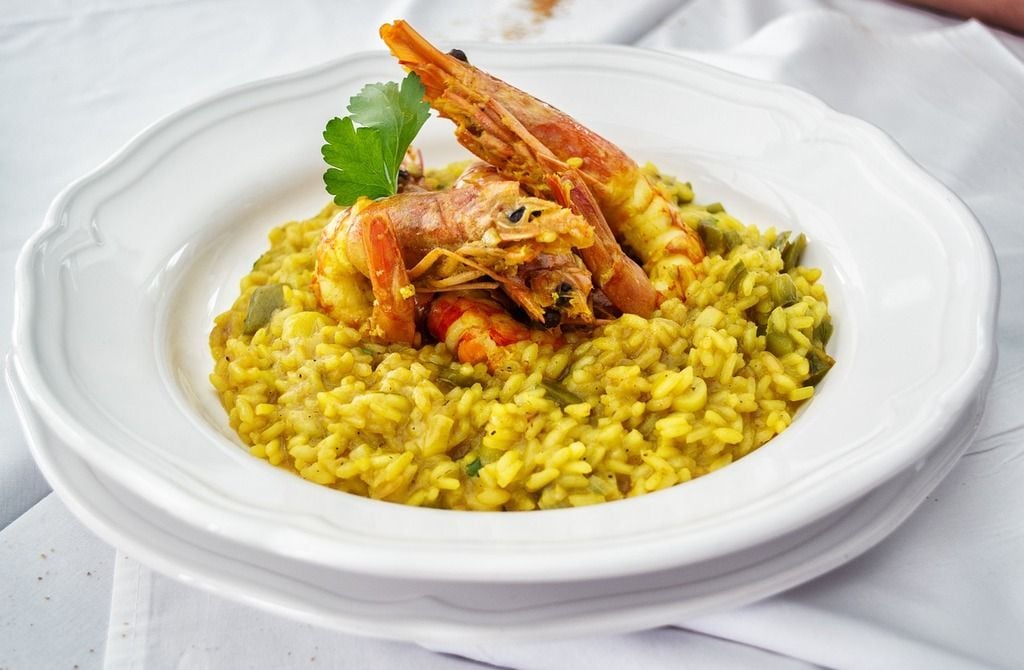
CDC Crowns Watercress and Other Greens as Nutritional Powerhouses
- Oct 28, 2024
You may have caught wind of the recent buzz about watercress topping the list of the healthiest vegetables, an honor it received from the Centers for Disease Control and Prevention (CDC). While watercress, with its perfect 100/100 nutrient density score, is a star performer, it’s not the only leafy green that packs a nutritional punch and it might not be readily available in all grocery stores.
Luckily, the CDC spotlighted more "powerhouse" veggies for their high nutritional profiles. Among these are Chinese cabbage varieties (like bok choy, Napa cabbage, and tatsoi), chard, beet greens, and spinach. Though they don't quite meet watercress’s perfect score, they all present a commendable nutrient density score of 86 or above.
Keri Gans, RD, author of The Small Change Diet, explains that a nutrient density score is a rating that measures the quantity of essential nutrients in food relative to its caloric content. The CDC assesses this score by determining the daily values of 17 important nutrients found in 100 grams of the food item, says Scott Keatley, RD, co-owner of Keatley Medical Nutrition Therapy. Foods that score over 100 are capped at 100, indicating they supply, on average, 100% of the daily values for these nutrients per 100 calories.
In a nutshell, these powerhouse veggies exemplify foods that efficiently deliver critical nutrients without overloading on calorie intake, Keatley explains. They’re known for their nutrient density due to their high content of essential vitamins and minerals per calorie.
What sets these greens apart is their rich sources of vitamins A, C, and K, according to Kathleen Moore, RDN, a nutritionist at The Ohio State University Wexner Medical Center. She adds that these vitamins are easily absorbed by our bodies, adding to their health benefits.
Different types of Chinese cabbage, such as bok choy, tatsoi, and Napa cabbage, may vary nutritionally, but they are still beneficial in a balanced diet, Keatley says. For example, compared to Napa cabbage, bok choy and tatsoi are higher in calcium, iron, and vitamins A, C, and K. They also excel in bone health and immune function support, and are rich in antioxidants beneficial to health, such as beta-carotene.
How you prepare these vegetables may impact their nutritional value. Keatley explains that while cooking reduces some nutrients like vitamin C and certain antioxidants, it can enhance others like beta-carotene in spinach and calcium in kale.
When incorporating these greens into your diet, consider that the U.S. Department of Agriculture recommends three to five servings of vegetables and two to four servings of fruits daily. Keatley suggests considering a serving size to be one cup of raw leafy greens or a half cup of cooked greens.
Lastly, while these green veggies have been given the CDC nod for their high nutritional content, don't forget the value of other vegetables in your diet, as all veggies have value according to Moore.






